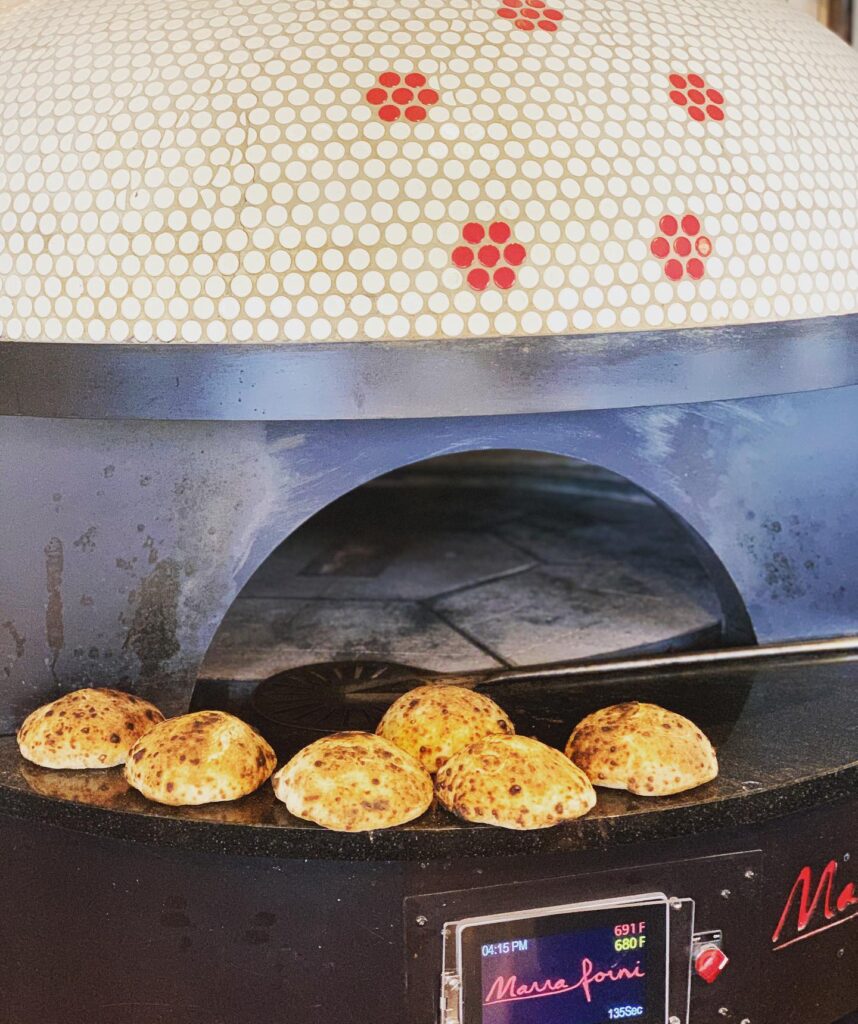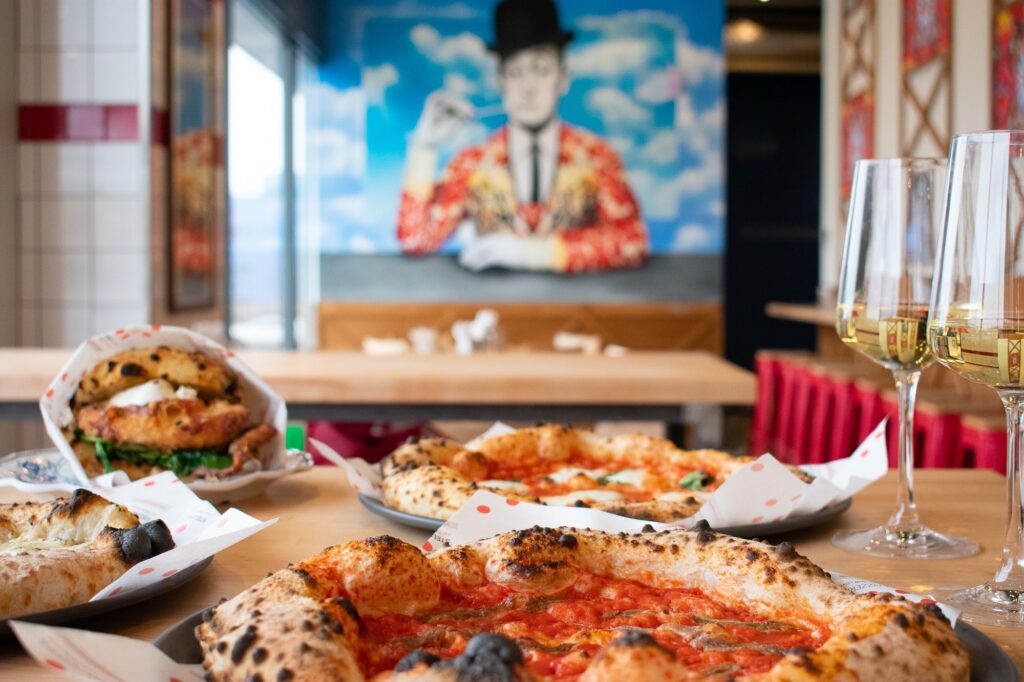How to Open a Pizzeria in 5 Easy Steps
Thinking about how to open a pizzeria?
One of our most recent alumni, Matteo Venini, credits the Pizza University & Culinary Arts Center for helping him and his business partner, Antonio Matarazzo, open Stellina, a new pizzeria which was recently named “One of the 15 Hottest Restaurants in DC” by Eater DC. An already acclaimed Italian chef, Venini was “new to the world of pizza” before attending classes at the Pizza University.

He enrolled in both the Authentic Neapolitan Pizza with VPN class taught by four-time World Pizza Champion, Master Pizzaiolo Giulio Adriani (who appeared on both Food Network’s Chopped and Beat Bobby Flay) and VPN America’s President, Master Pizzaiolo Peppe Miele. He also took the Neapolitan to Neo-Neapolitan course, also taught by Giulio Adriani which is where he found his “vision for opening Stellina.” Even though he had not made pizza professionally before, these courses taught Venini how to make “his own pizza recipe, develop a 48-hour fermented dough, as well as the tools he needed to open his business.” According to Chef Matteo, these are the 5 crucial steps to opening a successful pizzeria:
1. Recipe/Culinary Concept Development
As a chef and certified Pizzaiolo, Venini wanted to be able to offer authentic Italian street food to his patrons using quality ingredients that he and his business partner remembered experiencing in Italy. With years of fine-dining experience under his belt, his goal was to give street food the attention to detail and creativity that it deserves. He also wanted to create pizzas in traditional Italian fashion – with a dough recipe that he enjoyed. Since pizza is the core of Stellina’s business, Chef Matteo knew that this one recipe would make or break the restaurant. As a result, he created a dough that he personally would not grow tired of eating day in and day out. By drawing on his Italian heritage, utilizing his prior restaurant experience, and offering a menu full of street food choices in a way that are not available elsewhere, Chef Matteo developed a recipe for success of his own. He believes that all prospective pizzeria owners should take into account the skill set of their chefs and pizzaioli as well as the type of clientele that they will be serving before developing a concept. If the skill set and past experience of the kitchen staff matches the needs of a sought-after concept, you will have the winning combination.

2. Commercial Pizza Oven Selection
Stellina puts out on average 200-pizzas per night. Because having a lot of trained, professional pizzaioli and chefs on the line is very expensive, Chef Matteo often works the oven by himself or with another person. He choose Marra Forni’s commercial rotator oven because it was the perfect solution for his business needs. The rotator allows Chef Matteo to bake 6-pizzas a time, unattended, which enables him to work on pastas and panini while they are cooking. This money and time saving feature, he feels, is crucial to the bottom-line of his business.

3. Back of House Space Organization
Chef Matteo recommends always estimating up when you are budgeting kitchen, walk-in, and cooler space. If you think you need space for 100 pizzas, he says, plan on making 150, and build your back of house from there. If you project too small, there is nothing you can do to fix it. But if you give yourself extra space, as your business builds, you will be set up for success.

4. Selecting a Location
“Location, location, location,” are among the three most recited words in the commercial real estate business, and for good cause. Make sure that your pizzeria is in a high-traffic and preferably expanding area that is projected to continue growing, says Chef Matteo. That way, all bases are covered during the first two years of the business’ opening when traffic has statistically been known to be slow.

5. Building a Team
“You cannot succeed with the wrong business partner or team,” says Chef Matteo. Make sure that the people you hire share your vision and business values. The better people you have on your time, the more successful you will be.
Our Culinary Director, Pizzaiolo Felice Colucci confirms that our education “gives the foundation and all of the basics that you need to be successful. It’s up to you,” he states “to build upon the knowledge and create your own style from there.” “Considering that prior to taking two of our classes Chef Matteo had no prior pizza training, what he is doing is remarkable!”

